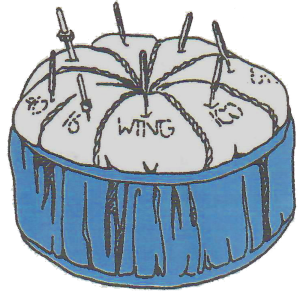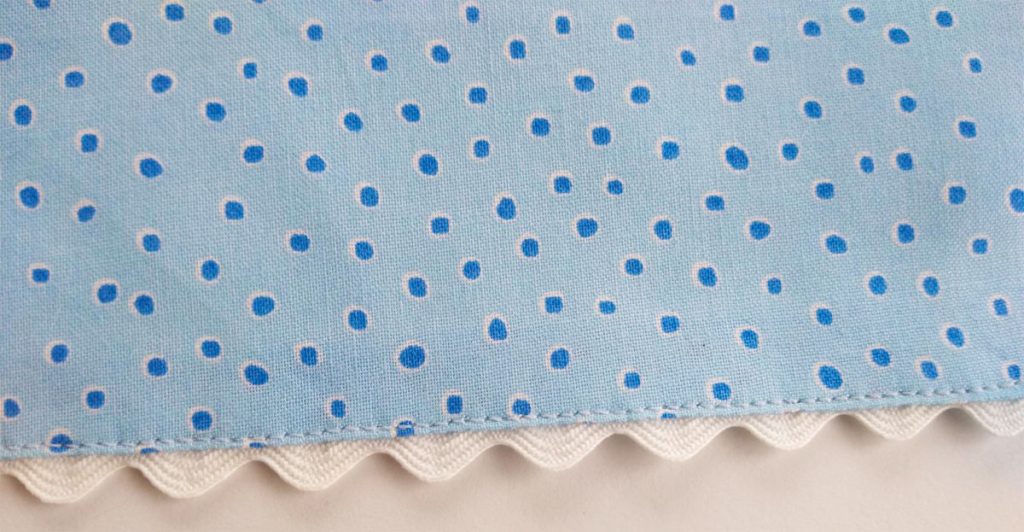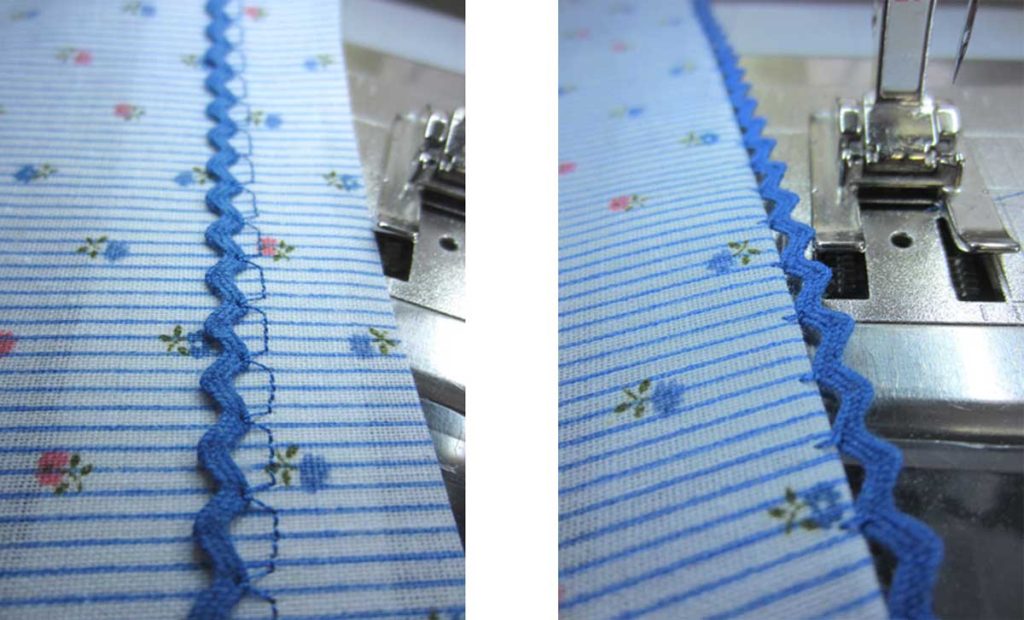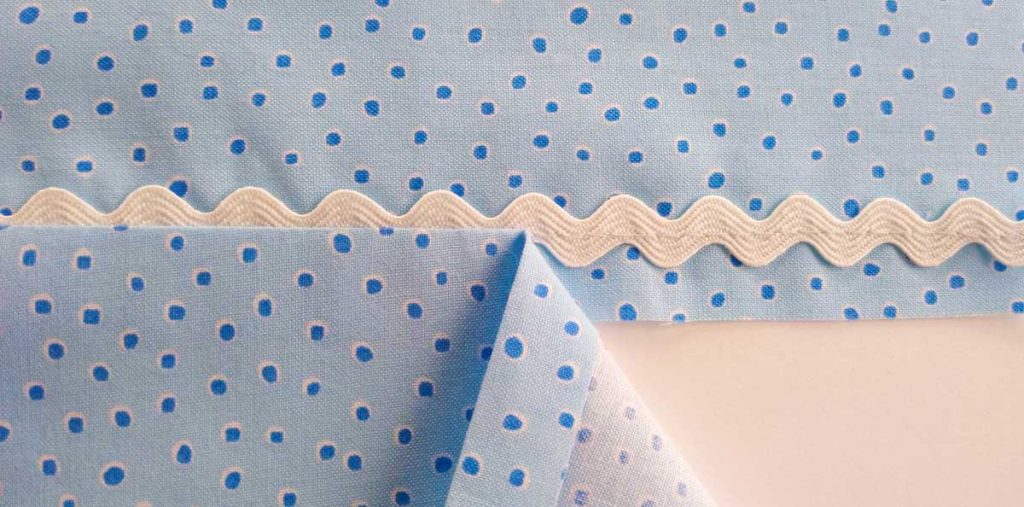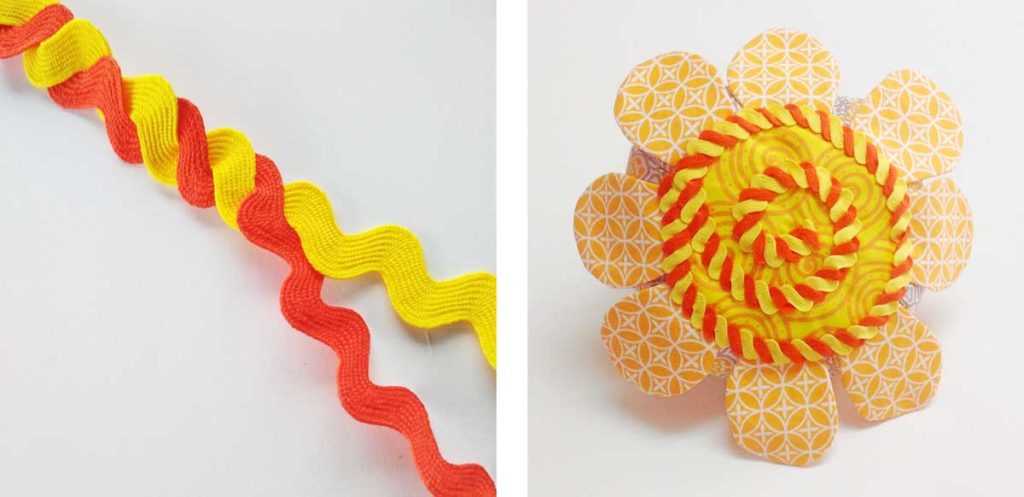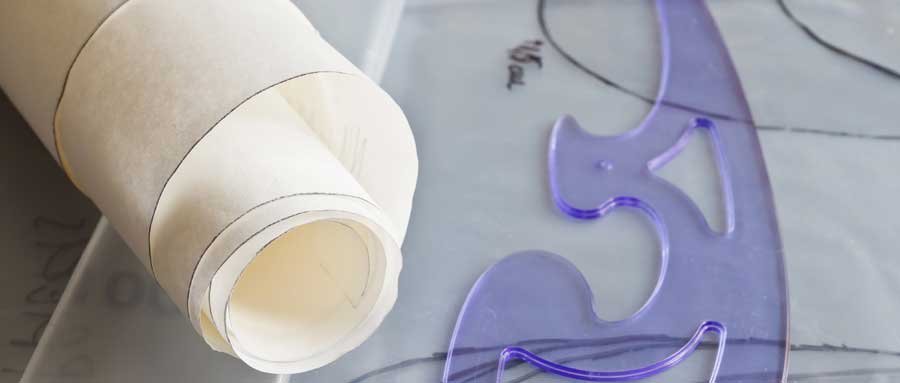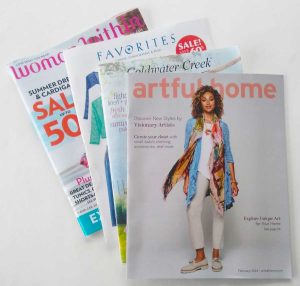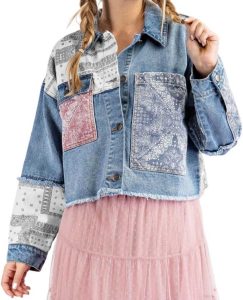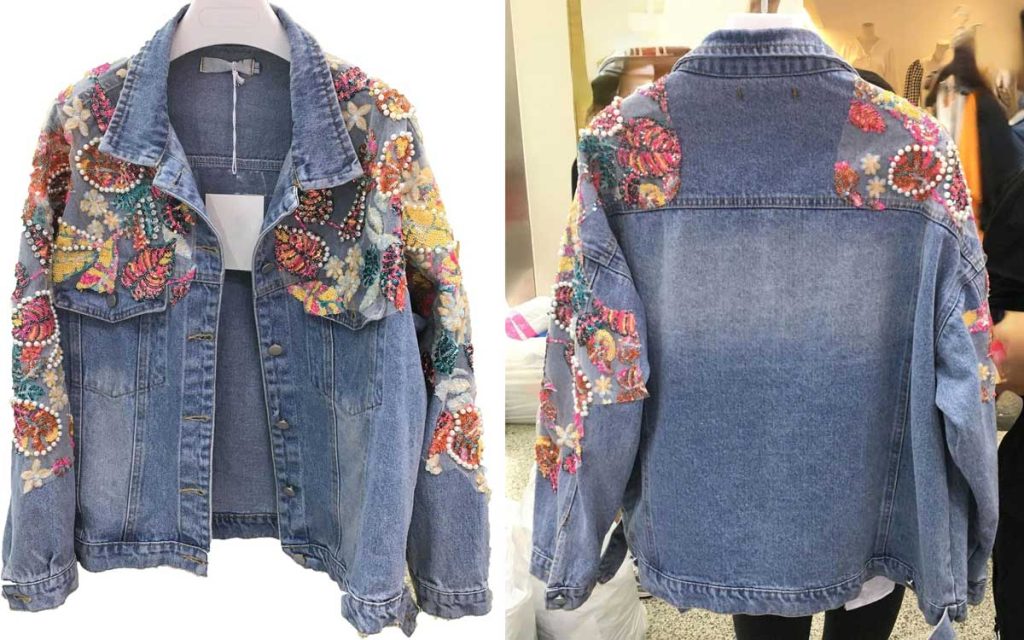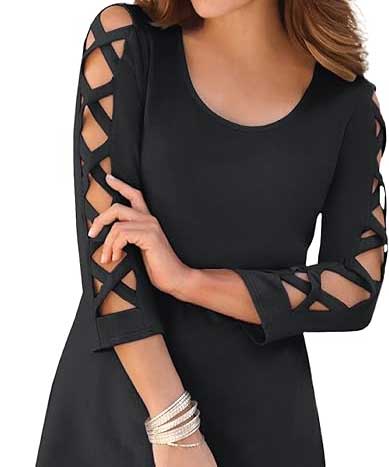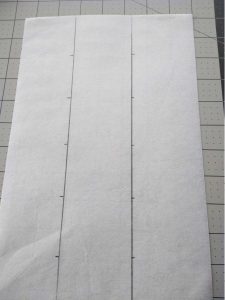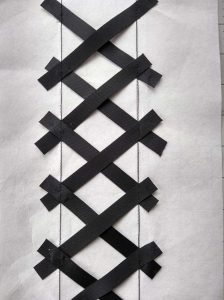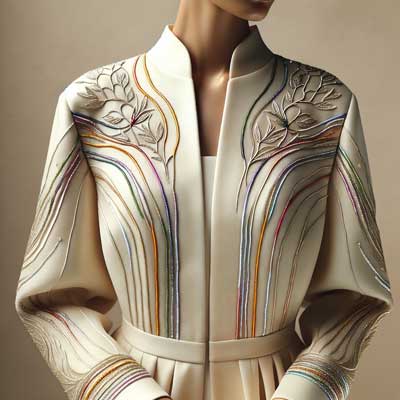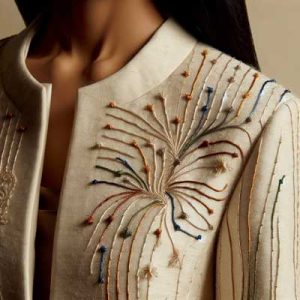The thrill of selecting a pattern, snagging that perfect fabric, and retreating to your personal haven of creativity to craft a spectacular piece is unrivaled. Whether gorgeous garment, cozy quilt, chic handbag, or comfy pillow, the journey is the reward. But sometimes we just need that immediate ‘sew’-phoria from a quick and easy project. This project takes a humble tuna can and gives it a recyled life as a super-handy organizer cushion for your sewing machine needles. And the best part? Each section is labeled for different needle sizes and types. No more guessing games of “what size needle is this?”
Materials
- Empty tuna can-6 1/2 oz. size
- 1/4 yd. decorator fabric
- 1 1/3 yards 1/8″ ribbon
- Perle cotton or similar cord
- 24″ small cable cord for piping
- Fiber fill, scraps of batting, or other pincushion filler
- 6″ square of iron-on tear away Stabilizer
Cut from Fabric
- 24″ x 1″ crossgrain strip to cover cord for piping
- 4 1/2 ” circle
- 9″ circle
- 3″ x 22″ strip for puffing
- 3″ x 11%” strip for lining
Cut
- 24″ Cable Cord
- 30″ Perle cotton
- Eight 6″ pieces of 1/8″ Ribbon
Sew
Puffing Strip
- Snap on a gathering foot. Set stitch length for approximately 2 to 1 fullness. Try stitch length 5, tension 7, and sew a practice sample. Measure it before and after stitching. If it gathers up to half the original size, you have 2 to 1 fullness. Adjust length and tension as needed. The longer the length and tighter the tension the more fabric will gather. Because softer fabric gathers more easily, prewash fabric that is stiff with sizing.
- Gather both long edges of 3″ x 22″ puffing strip, stitching 5/8″ from the edge. The feed teeth are what make the gathering foot gather. You must have the fabric under the entire width of the presser foot. This is the reason for a full 5/8″ seam allowance on each edge. Do not help the fabric by pulling it from behind or holding it beside the foot as this flattens the gathers as they try to form. It is easy to make beautiful even gathers if you keep your hands in front of the foot.
- Piping – Snap on a piping foot. Return the tension and stitch length to normal. Make 24″ of piping by wrapping the 1″ wide strip of fabric around the cable cord and placing it in the groove on the underside of the foot, raw edges to the right. Stitch with a straight stitch.
- Sew piping to one long edge of the puffing strip with a 5/8″ seam allowance. Lay the piping on top of the puffing strip, right sides together. The raw edges won’t match, but there is no need to pin as long as the piping is laying in the groove on the underside of the foot. Simply keep the edge of the puffing strip at the 5/8″ guideline, and the piping will be guided as you stitch. Adjust your needle position slightly to the left to cover the previous stitching. Trim seams to less than 1/4″.
- To sew the remaining piping around the 4 1/2″ circle, clip the piping seam allowance to the stitching and sew with the piping foot and 1/4” seam allowance. Set the needle stop down on your sewing machine to make it easier to stitch those tight curves. For less bulk at the overlap, pull out and cut off 1/2″ of the cord at the beginning and end of the circle so you can lap “cordless” piping at the ends.
- Sew the lining strip to the piped edge of the puffing strip by placing the lining right sides together with the piped puffing strip. The piping foot will find the piping right through the fabric. Trim seam close to stitching.
- Sew the other edge of the puffing to the piped circle, right sides together with the circle on the top. Begin sewing 5/8″ from the end of the puffing strip and sew completely around following the piping. Trim seam close to stitching.
- Snap on the regular sewing foot. Sew up the side seam to form a circle. Trim seam.
- Turn the piece right side out. It should look a little like a miniature chef’s hat.
- Slip the tuna can inside and pull the lining over the edge.
Cushion
- Fold the 9″circle to form eight pie wedge sections. Mark these sections by pressing to create creases.
- Center a piece of stabilizer under the circle. Make a small buttonhole in the very center. Cut the buttonhole open with the buttonhole chisel. Write, stitch, or embroider the different needle sizes in each section with your writing sewing machine. Include size 90, 80, 70, 60, Wing, Twin, Stretch, Jeans, Embroidery, or other sizes and types you use most.
- Bartack the ribbon ends at the outer edge of the circle at each of the eight markings like spokes on a wheel. Pull opposite ribbon ends through the buttonhole in the center. Tie those ends to secure.
- Snap on a narrow braiding foot. Select a narrow zigzag, slip the perle cotton into the guide on the foot. Zigzag over the cord, being sure not to catch it with the zigzag going all the way around the outside edge of the circle at a 3/8″seam allowance. Drop the feed teeth and stitch in place at the beginning and the end to secure.
- Pull up the ends of the cord to gather. Put stuffing inside the circle in a doughnut form. Stuff firmly. Tie the cord ends tightly. Pull up the ribbons through the center of the stuffing and secure.
- Poke the cushion snugly into the covered tuna can and stick in needles! Remember not to save needles that have been used for one garment or more. And anytime you have a machine problem, change the needle and rethread.
~ Project used with permission from “America Sews with Sue Hausmann”





